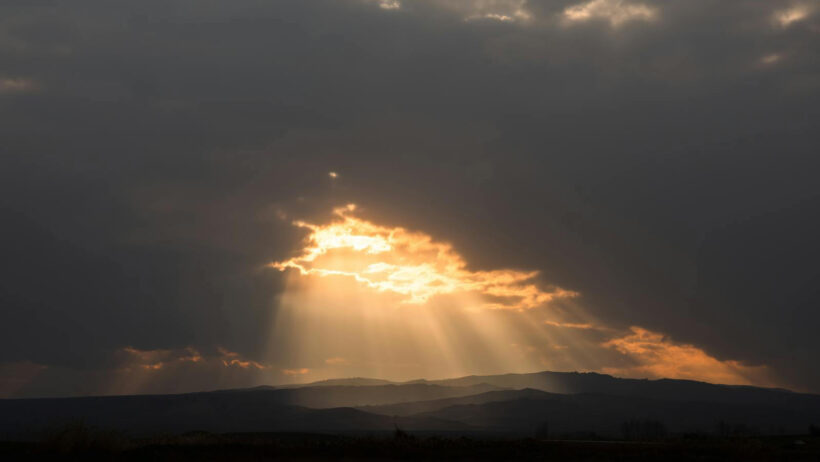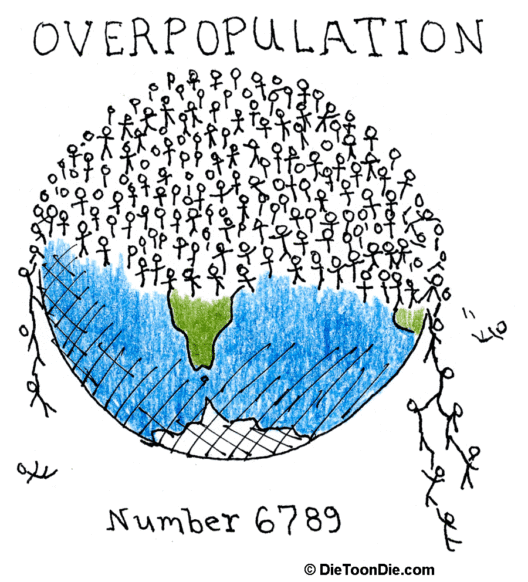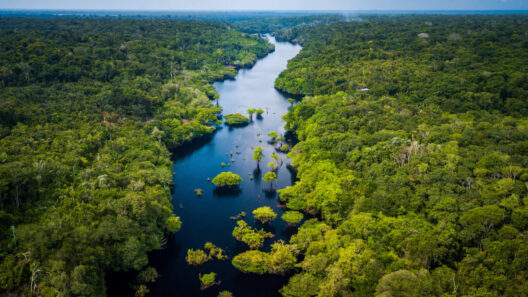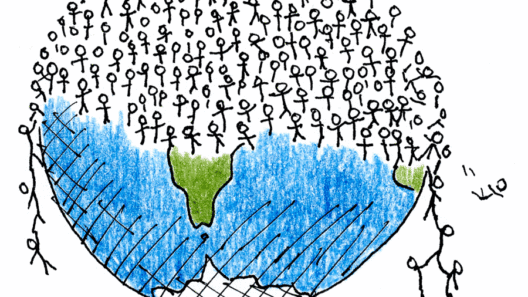India, a burgeoning nation steeped in rich cultural heritage and unparalleled biodiversity, finds itself at the precipice of a daunting climate challenge. As global warming escalates, the consequences become omnipresent, evolving the meteorological landscape of this vast subcontinent. How might India’s diverse weather patterns transform, and at what unforeseen cost? This inquiry unveils not merely a scientific dilemma but a profound social and economic quandary.
India’s geographic vastness presents a microcosm of global climate responses. From the snow-clad peaks of the Himalayas to the sunbaked coasts of the Deccan plateau, the nation serves as a canvas illustrating the heterogeneous impacts of climate change. A significant driver of these alterations is the phenomenon of global warming, which manifests in rising temperatures, altered precipitation patterns, intensified cyclonic activity, and unprecedented flooding and drought cycles. Each of these elements is intricately intertwined with the lives and livelihoods of millions.
To illustrate, consider the Himalayan glaciers, often referred to as Asia’s water towers. These majestic formations, supplying rivers to approximately 1.5 billion people, are retreating at an alarming pace due to rising temperatures. Researchers assert that if current trends persist, many glaciers could recede significantly by mid-century, drastically reducing water availability. How will the agricultural sectors of Punjab, Haryana, and Uttar Pradesh adapt to less predictable water supplies? These pivotal states are often dubbed the “breadbasket of India,” and any perturbation in water quality and quantity equates to food insecurity on an unprecedented scale.
The transformation is not limited to the mountains alone. The monsoons, a critical atmospheric phenomenon marking the rainy season, are experiencing erratic shifts due to climate change. Traditionally, these rains heralded relief and sustenance for farmers across India. However, the unpredictability of monsoon onset and intensity has led to agricultural challenges, impacting cropping cycles and undermining food production. How do small-scale farmers strategize in the face of such uncertainty, where traditional knowledge seems increasingly insufficient to combat the mercurial nature of the changing climate?
Moreover, the coastal regions are under siege from rising sea levels exacerbated by thermal expansion and glacial melt. Coastal cities like Mumbai and Chennai experience seasonal flooding, which threatens infrastructure and human settlements. The stakes are higher for marginalized communities, often living in informal settlements along the coast, where the risk of displacement looms ominously. The intersection of geography and social equity brings forth pressing questions: How do urban planners incorporate climate resilience into the framework of rapidly growing populations? Furthermore, what role does governmental policy play in safeguarding these vulnerable groups against the onslaught of nature?
India’s economic fabric is intricately woven with agriculture, fisheries, and tourism—all sectors heavily reliant on climate stability. As ecosystems shift, the implications ripple through local economies. For instance, changes in fish migration patterns due to ocean warming can ravage coastal fisheries, leading to diminished catches and impacting livelihoods. The domino effect extends to communities reliant on these resources, raising multifaceted challenges for food security and local economies.
The health of the populace is yet another facet of this climate conundrum. Rising temperatures are conducive to a proliferation of vector-borne diseases such as malaria and dengue fever. Coupled with air pollution, exacerbated by a hot climate, respiratory ailments are on the rise. The burgeoning urban populations find themselves grappling with the dual threat of climate change and deteriorating public health. How do public health systems adapt when facing the compounded challenges of disease and climate-related hardships?
Mitigating these climate-induced adversities opens the floor to discussions on innovative solutions. Autonomous adaptations are already in motion, as communities strive to develop resilient agricultural practices, such as rainwater harvesting, drought-resistant crops, and agroforestry systems. Local NGOs work tirelessly to educate farmers and communities about sustainable practices that can buffer the impacts of climate upheaval. Yet, the question remains: Are these grassroots efforts sufficient in scale to combat the looming existential threats posed by climate change?
In the realm of policy, the Indian government is increasingly prioritizing climate action. Initiatives such as the National Action Plan on Climate Change (NAPCC) aim to mitigate the adverse effects of climate change while promoting sustainable development. Transitioning to renewable energy sources, enhancing energy efficiency, and restoring ecosystems are pivotal goals. However, as with many policy initiatives, the challenge lies in the implementation and coordination across various levels of governance. How can civil society, businesses, and government forge an effective partnership to ensure climate resilience becomes ingrained in India’s development ethos?
The narrative of India’s climate challenge is a multifaceted tapestry. It is a montage of human tenacity, economic precarity, and the stark reality of an increasingly inhospitable environment. As global warming reshapes India’s weather, the questions posed are not merely scientific—they are ethical, social, and existential. It is incumbent upon every stakeholder, from policymakers to individual citizens, to rise to the occasion, working collaboratively to forge a sustainable path that honors the intricate interplay between humanity and nature.
Ultimately, understanding the climate challenges faced by India is crucial not only for the nation but also for the broader global community. The repercussions of inaction will resonate far beyond its borders, affecting global climate patterns, food security, and economic stability. The time is now for concerted action—climate resilience must be woven into the very fabric of society to ensure a future where the interplay of man and nature thrives harmoniously.








